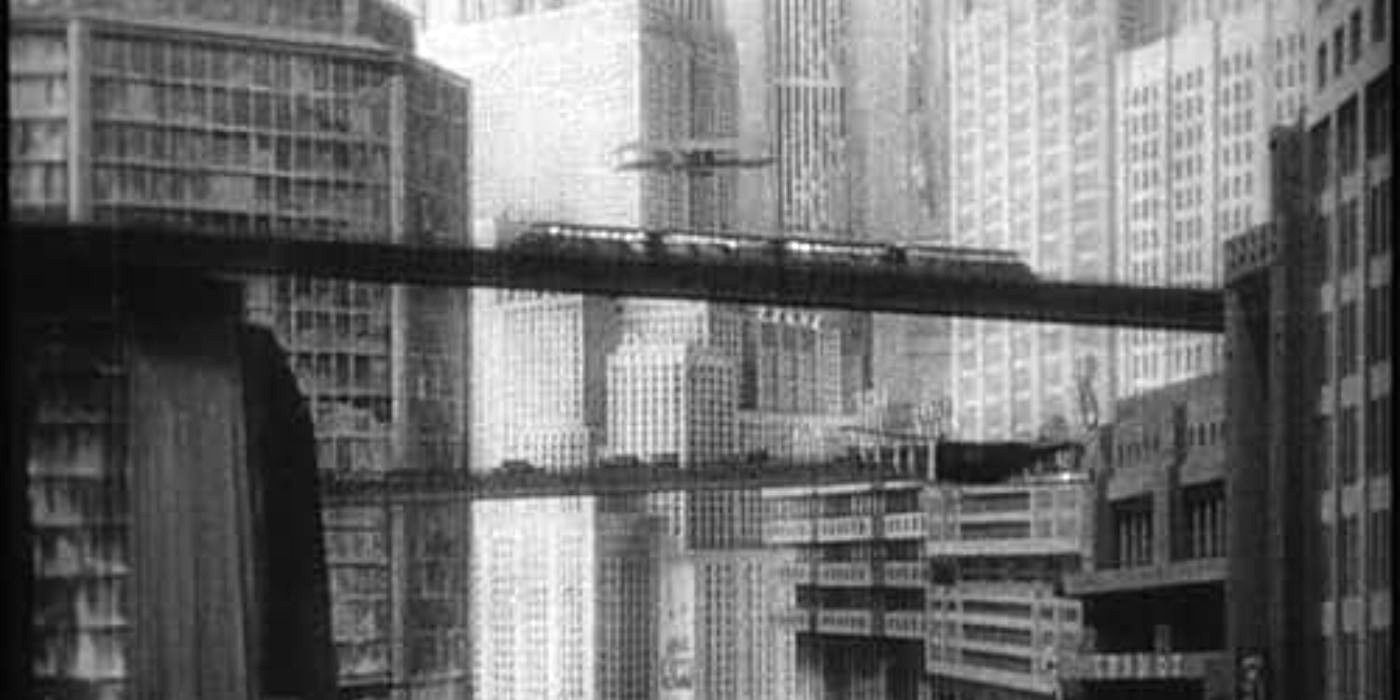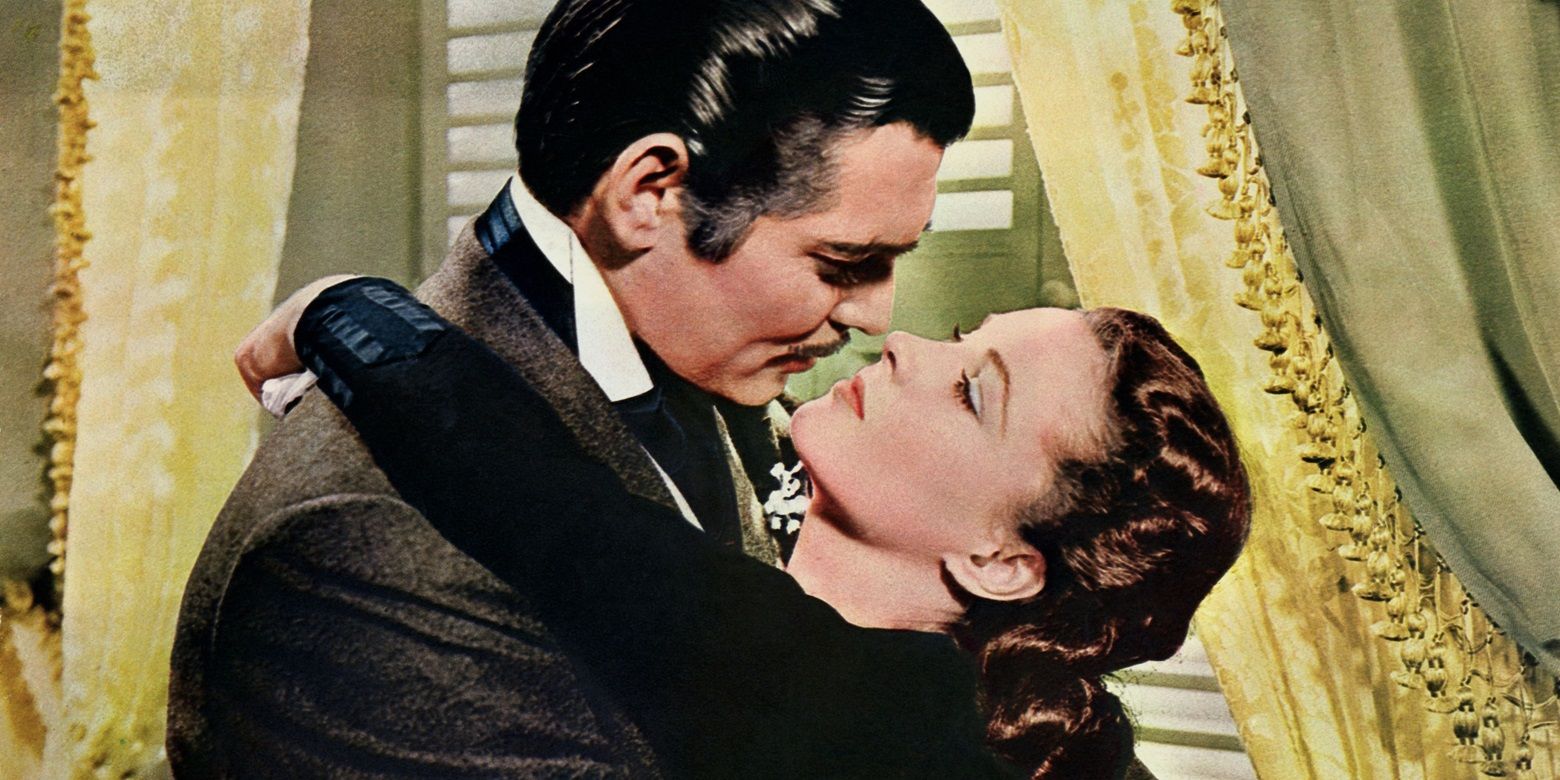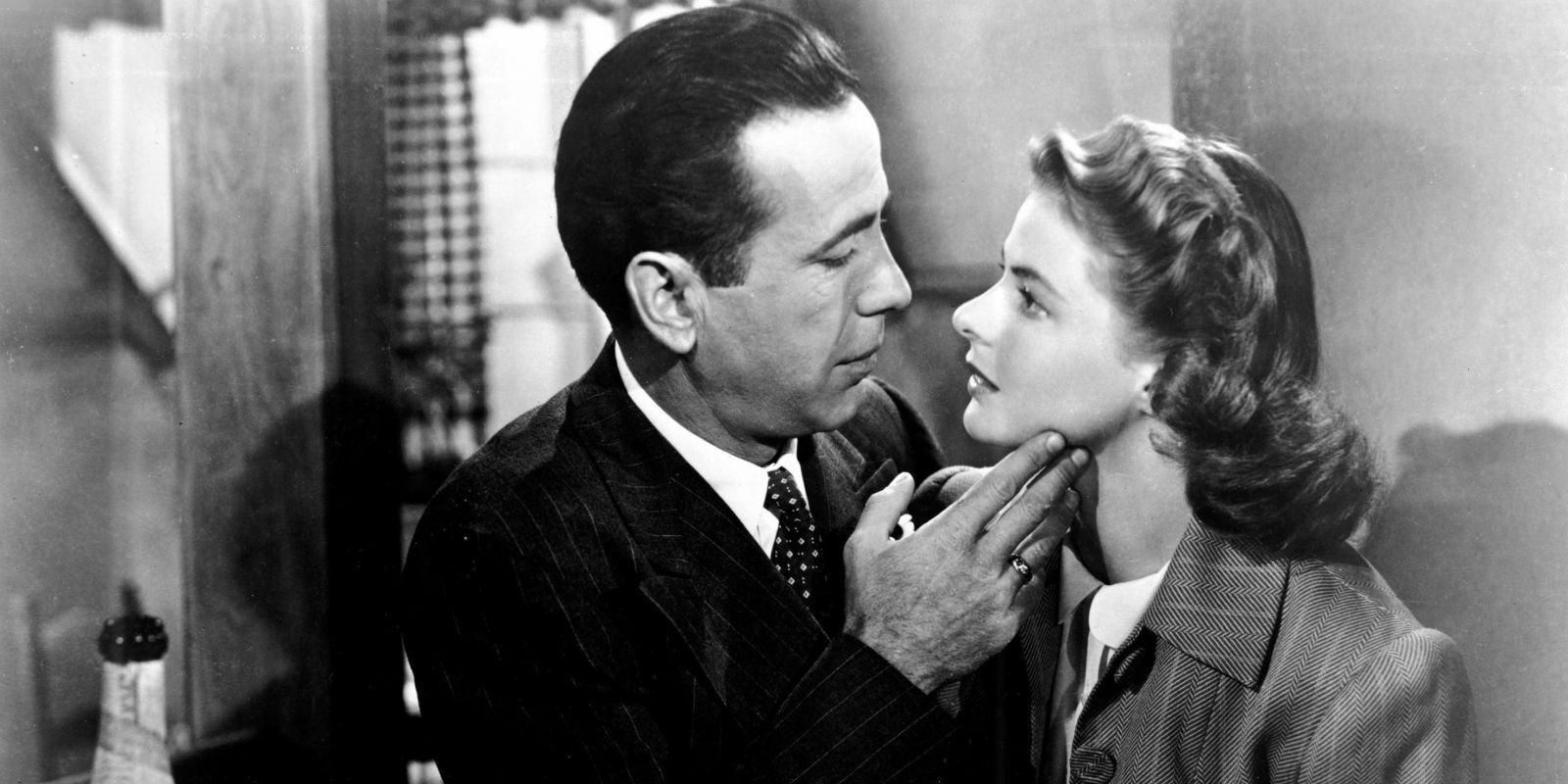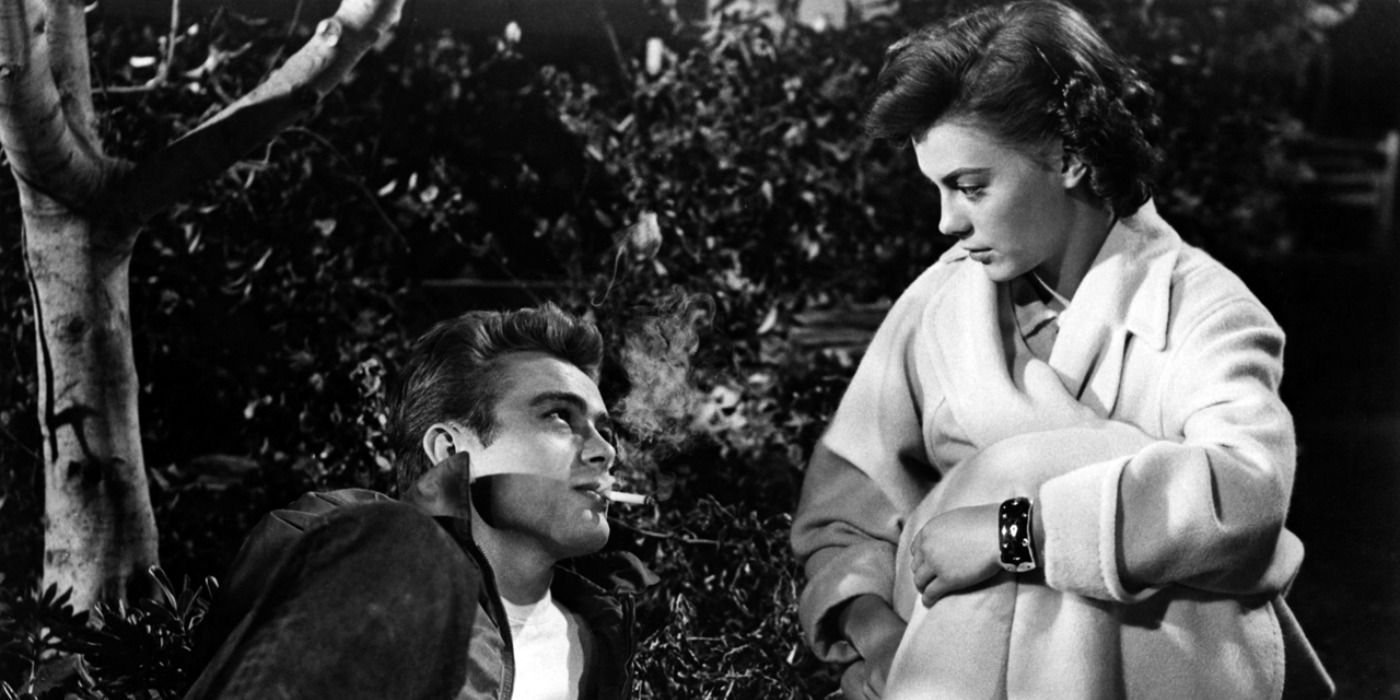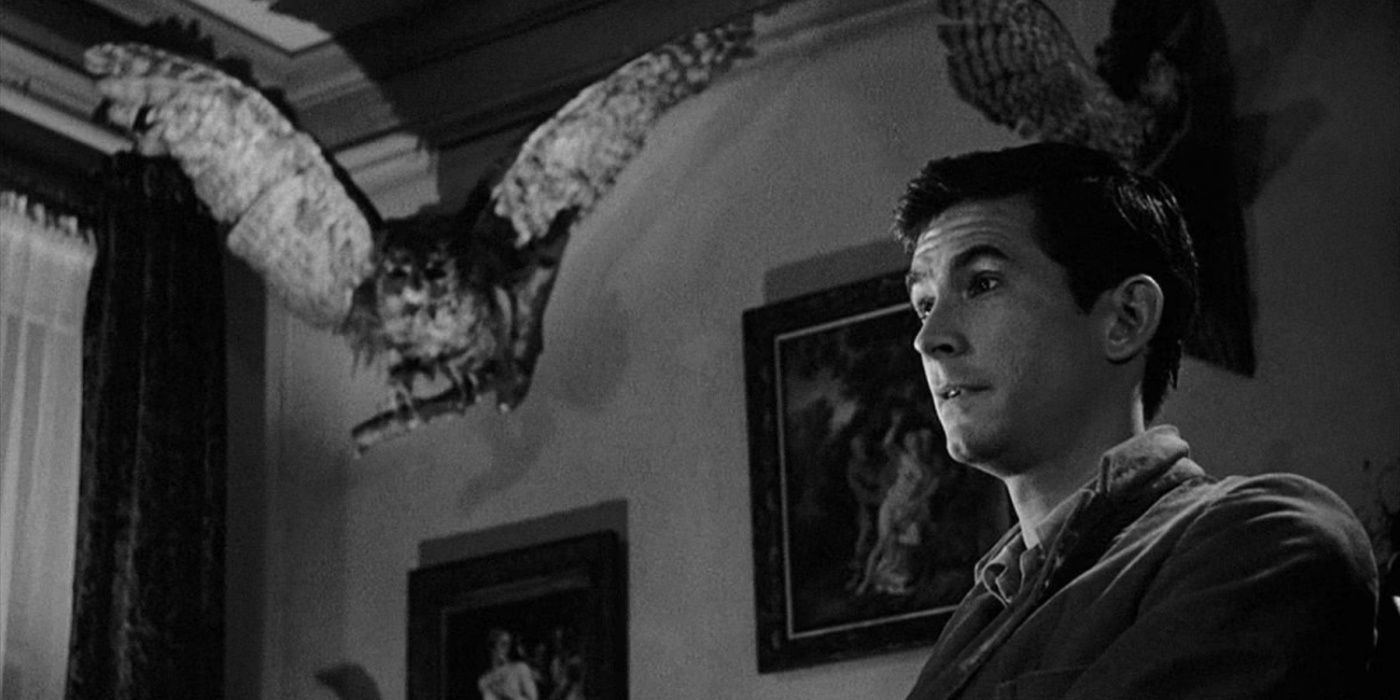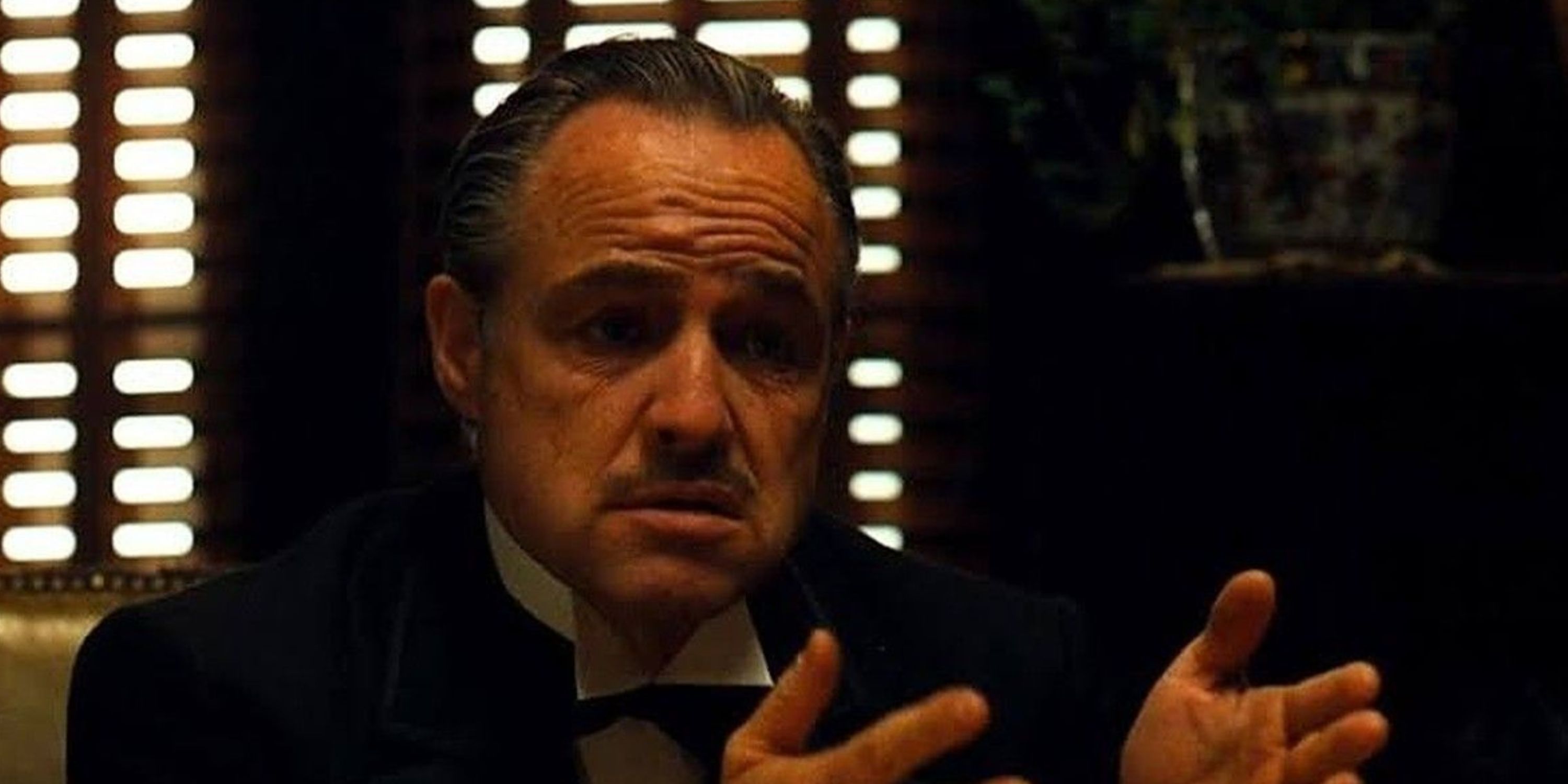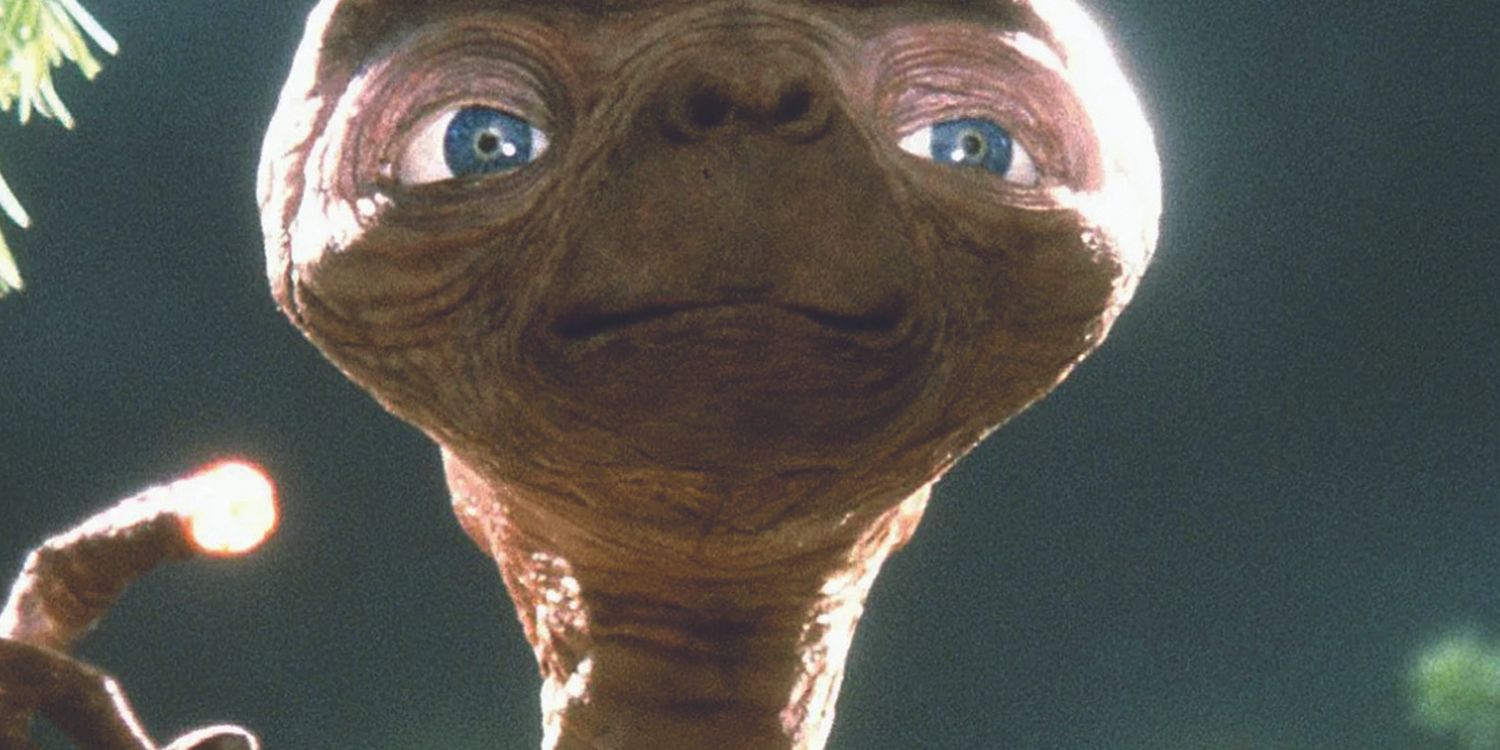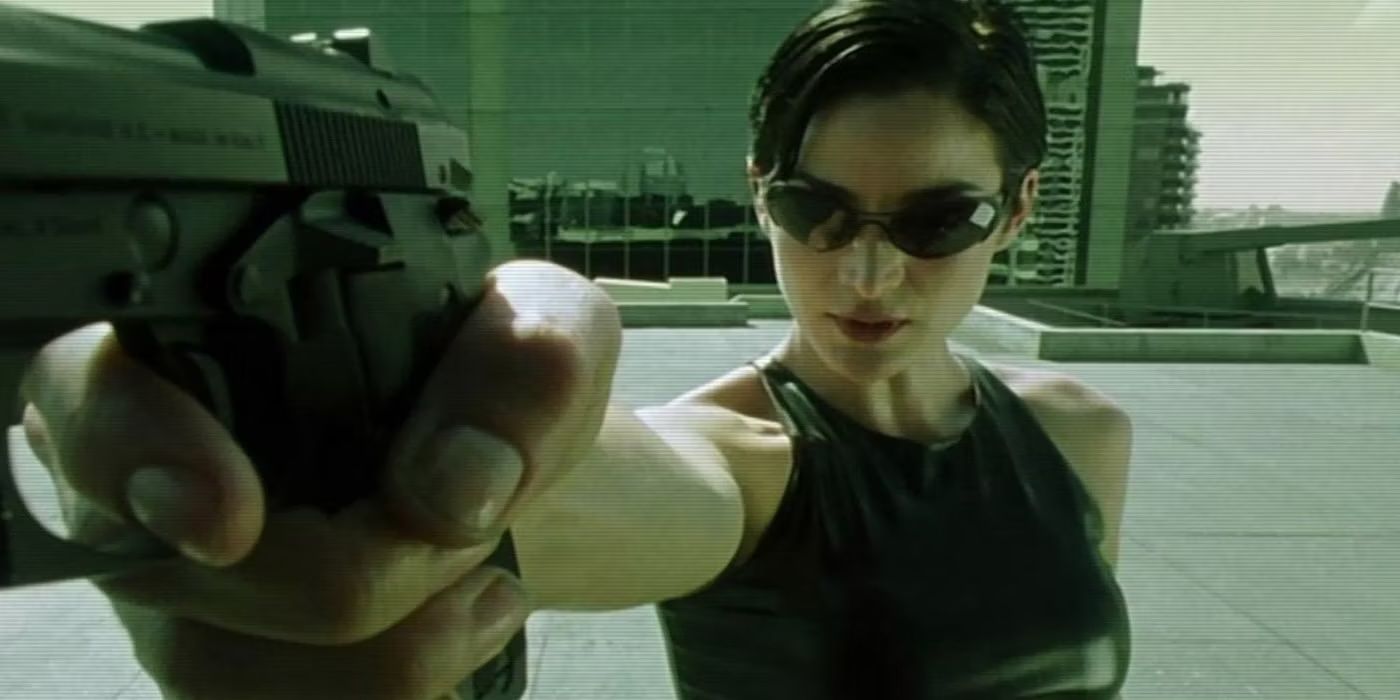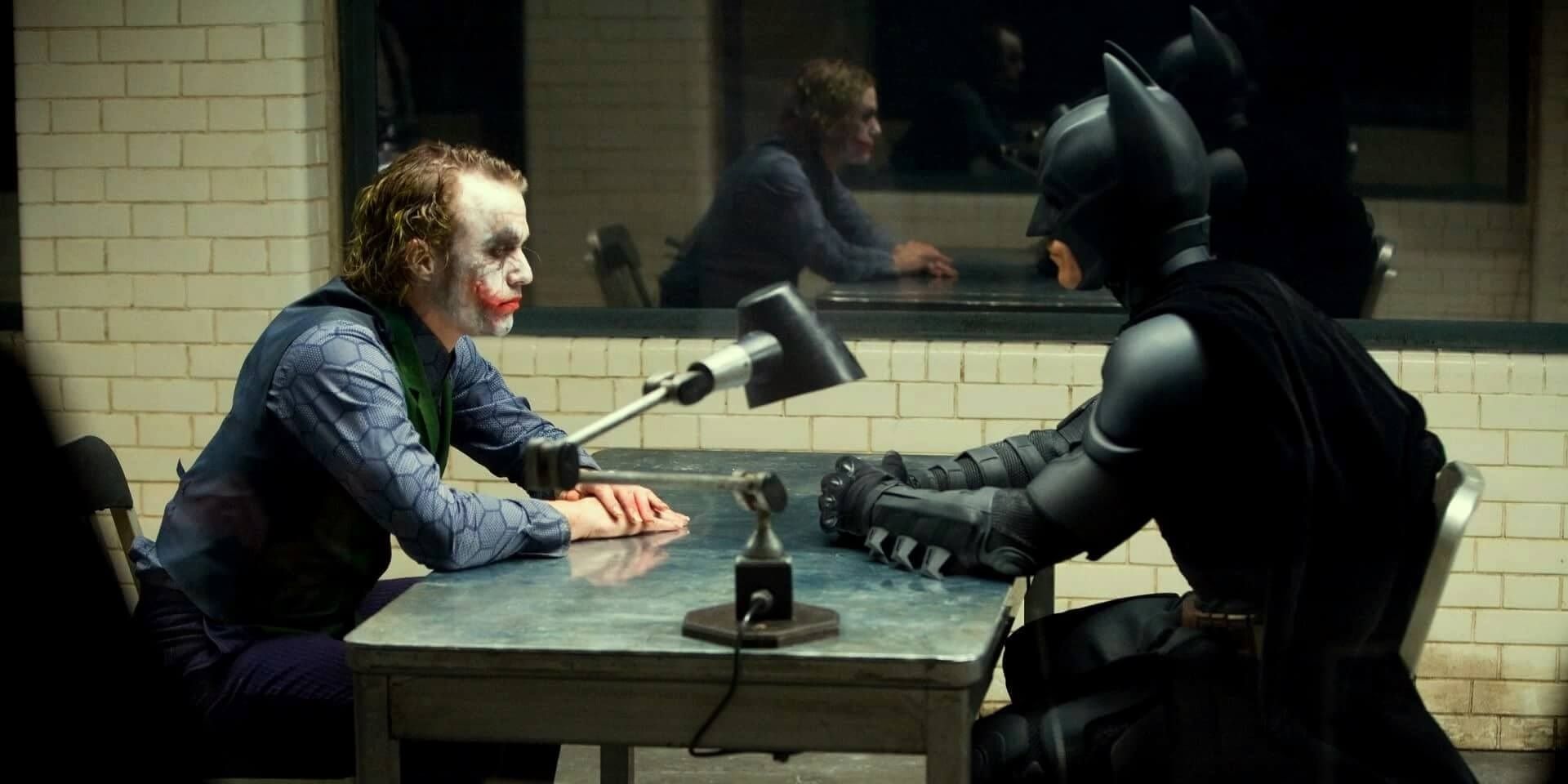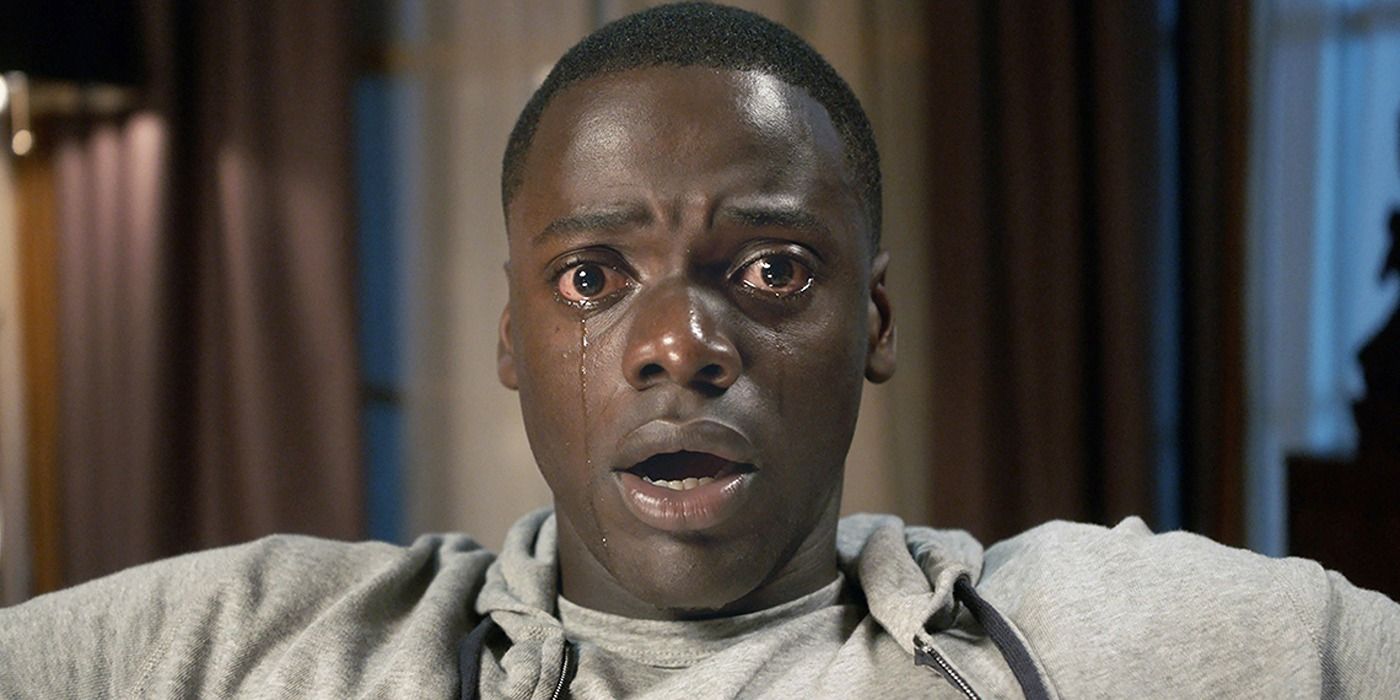
Timeless Movies: Defining Each Decade

Exploring the movies that have transcended time and continue to resonate with audiences, defining the essence of each decade.
The Timeless Legacy of Decade-Defining Movies
Each decade has its distinctive trademarks and defining ideas, often perfectly encapsulated in the movies of that era. Although this can occasionally date a film, there are several movies that manage to remain timeless nonetheless. While there are multiple movies that help define each of these decades, over time, these time periods develop their own culture and advancements that become reflected in films. The 1960s had a spirit of hope and increasing open-mindedness, clearly evidenced in multiple films exploring new ideas. The invention of the internet in the 1990s shaped many stories dealing with emerging technology. The rise of social media in the 2010s redefined interpersonal connections and discourse.
City landscape from Metropolis
While cultural shifts may embed certain films deeply within the specific time they were made, others tap into universal human truths that continue resonating regardless. The most impactful films manage to encapsulate the essence of their decade, while telling stories that highlight shared experiences that maintain relevance despite changing contexts. These timeless movies balance reflecting their era and relating the joys, struggles, hopes, and truths that connect us all. Their ideas remain meaningful even as time shifts.
1920s: Metropolis (1927)
A timeless cautionary tale
Released in 1927, the German expressionist sci-fi film Metropolis encapsulated the decade's spirit of innovation and rapidly developing technology while exploring widening inequality through an imagined futuristic world. Set in 2027, it depicts a gleaming city run by wealthy industrialists who reign from skyscrapers, while a degraded proletariat class toils underground to keep the machinery running. This metaphor for the era's class tensions and impending economic disaster remains relevant nearly a century later. With its groundbreaking special effects and exploration of social justice themes, Metropolis defined 1920s German cinema. Its dazzling visuals and universal messages about humanity make this dystopian masterpiece a timeless cautionary tale.
1930s: Gone With The Wind (1939)
Continues to inspire decades later
Clark Gable and Vivien Leigh embrace in Gone with the Wind
The golden age of Hollywood filmmaking is encapsulated in the epic Gone with the Wind. Its lavish production values, iconic performances by Vivien Leigh, Clark Gable and others, and historical romance spoke to those seeking escape from the Great Depression’s hardships. Though idealized in its nostalgic portrayal of the antebellum South, it touched on timeless themes of love triumphing over adversity. Adjusted for inflation, it remains the highest grossing movie in history. With its gorgeous Technicolor cinematography, emotional potency, some of Gone with the Wind's best quotes, this film set a new standard for the American blockbuster. Eight decades later, its ambition and craftsmanship continue inspiring new generations.
1940s: Casablanca (1942)
Reflects the uncertainties of the 1940s
Humphrey Bogart As Rick holding Ingrid Bergman As Ilsa by her chin In Casablanca.jpg
A complex wartime tale of love lost and morally difficult choices, Casablanca is an iconic cinematic triumph. At its core lies a premise resonating through ages - a man confronted by the sudden reappearance of a long-ago passion now married to another. However, the dramatic stakes climb against a backdrop of Nazi oppression and resistance set in murky, dangerous territory. Tense interactions and timeless yearning between the two leads electrify the screen. One of Humphrey Bogart’s best movies, Casablanca persists in capturing collective imaginations decade after decade as a film speaking to the most profound depths of human connection.
1950s: Rebel Without A Cause (1955)
Epitomized the rebellious spirit of the 1950s youth culture
Natalie Wood as Judy in Rebel Without a Cause
James Dean instantly iconized restless adolescent spirit with his breakout role in 1955’s Rebel Without a Cause. His volatile temper and need to belong land him on the dangerous outer fringe of a new town’s youth counterculture. Dean’s character Stark pursues perilous friendships through knife fights and deadly chicken races in a fruitless grasp at support and understanding that’s absent from his dysfunctional home. Such lucid commentary on the traumatic roots of rebellion spoke profoundly to 1950s youth facing parallel struggles for identity. Though the film spoke specifically to a generation through Dean's performance, Rebel Without a Cause testified to hard truths of marginalization and family bonds that transcend decades.
1960s: Psycho (1960)
Challenged narrative norms and ushered in a new era of horror
Anthony Perkins as Norman Bates with his taxidermy behind him in Psycho.
Alfred Hitchcock’s 1960 thriller Psycho continues to be a masterpiece and one of cinema’s most iconic horror films. Psycho shocked with a stylistic audacity, subverting expectations and pioneering modern horror tropes like the slasher villain and twist ending. Seen as the first modern horror film, Psycho pushed boundaries for screen violence and sexuality while introducing elements of psychological horror, which were prevalent themes of the decade with the Vietnam War and the sexual revolution happening at the time. Six decades later, it retains the power to unsettle through its unique skill of inventively manipulating tension.
1970s: The Godfather (1972)
Set a standard for cinematic storytelling
Vito Corleone sitting at his desk in The Godfather
Marlon Brando portrays the aging boss Vito Corleone, who reluctantly hands over his criminal empire to his son Michael. This decision propels Michael onto a tragic journey, forsaking his ideals for a life of violence within the underworld. The Godfather resonated deeply with the disillusioned audiences of the 1970s, reflecting the shattered dreams of the 1960s through Michael's loss of conscience. This ambitious generational saga employs bold episodic storytelling to depict the corrosion of mob life on the American spirit. Its enduring impact is evident in contemporary films and TV series that continue to explore morally complex narratives of crime syndicates.
1980s: E.T. The Extra-Terrestrial (1982)
Captures the innocence of the decade
E.T. holds up a glowing finger in E.T. the Extra-terrestrial.
In the 1980s, Steven Spielberg's E.T. the Extra-Terrestrial emerged as a heartwarming sci-fi adventure that not only encapsulated the innocence and boundless imagination of its era, but also transcended time to become a timeless classic. Spielberg's masterful storytelling, coupled with the film's emotional resonance and visual spectacle, defined the cinematic landscape of the 1980s. Its universal themes of friendship and wonder continue to resonate, ensuring its enduring legacy as a cultural touchstone that remains cherished across generations, cementing its status as a film that not only defined its decade, but possessed a timeless and enduring appeal.
1990s: The Matrix (1999)
Defined the technological anxieties of the ‘90s
Trinity shoots an Agent in the matrix
The influential film The Matrix depicted a dystopian future where AI machines have imprisoned humans in an extremely realistic simulated virtual reality. When computer hacker Neo gets contacted by a group that has freed themselves, he realizes that what people believe to be real life is actually computer-generated. The Matrix spoke powerfully to 1990s anxieties about technology controlling society. Pioneering slow motion filming techniques, it pushed visual effects forward. Meanwhile, its cyberpunk concepts about the nature of reality proved deeply philosophical. Viewing the Matrix movies establishes new sci-fi storytelling frontiers, directly inspiring waves of later films and shows wrestling with futuristic technology, surveillance, and blurred lines between illusion and truth.
2000s: The Dark Knight (2000)
Explored complex themes of morality and chaos
Heath Ledger's Joker and Christian Bale's Batman in an interrogation room in The Dark Knight
The Dark Knight set new benchmarks for dramatic storytelling rooted in comic book lore. With visual invention and gritty realism, showing Batman pushed to moral extremes in saving Gotham City, it helped establish superhero movies as serious prestige films. Hugely influential in the growing 2000s era of superhero dominance, The Dark Knight proved these genre stories resonate profoundly with general audiences when done ambitiously. Its creative and financial impact continues to set the tone for today's exploration of complex human struggles within mass entertainment.
2010s: Get Out (2017)
Addressed contemporary issues and redefined horror
Daniel Kaluuya staring ahead and in tears in Get out
Get Out stood out as a social thriller that boldly confronted contemporary racial issues, fundamentally reshaping the landscape of horror cinema. By focusing on societal intricacies that were present at the time, and still remain prevalent today, director Jordan Peele not only redefined the genre, but also sparked crucial conversations that reverberated far beyond its release. While rooted in the specific concerns of its time, Get Out has transcended its decade, securing a timeless status as a cinematic masterpiece. Its enduring impact is evident in the continued exploration of socially relevant themes, positioning it as a film that not only defined its era, but remains a catalyst for ongoing discourse.
